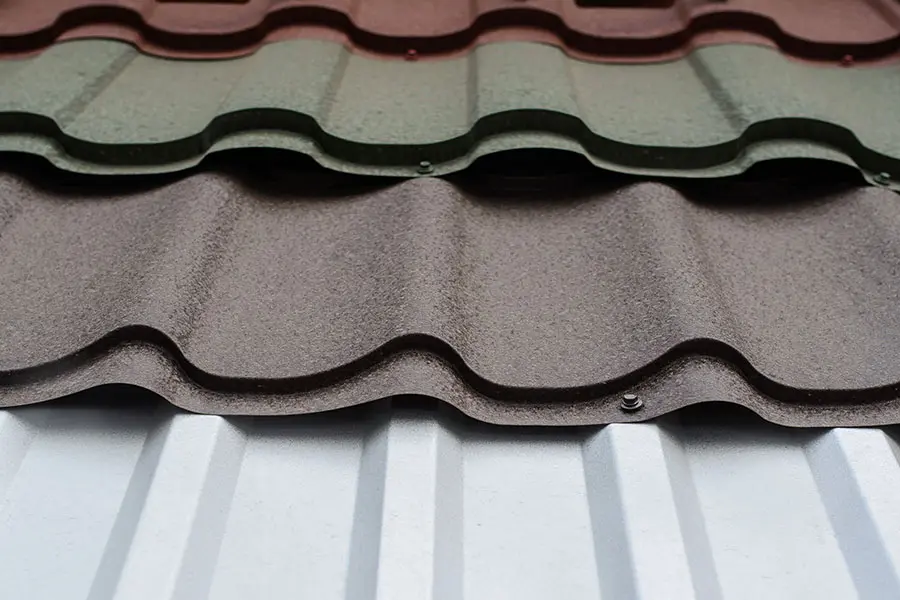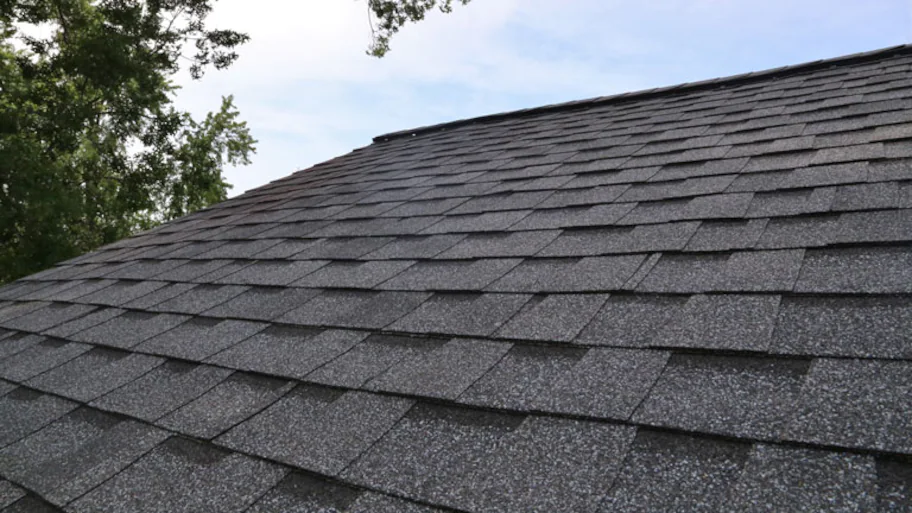Exactly How Gainesville Roofing Companies Can Change Your Home's Exterior
Best Practices for Ensuring Appropriate Roofing Air Flow
Ensuring proper roof air flow is vital for the long life and effectiveness of a roofing system. A well balanced intake and exhaust air vent ratio, frequently 1:300, plays a pivotal function, with intake vents preferably positioned at the reduced side of the roofing for awesome air access and exhaust vents at the top for warm air leave. Regular evaluations to determine obstructions and preserve clear air movement are paramount. Maintaining insulation away from vents is crucial to avoid air flow restriction. Understanding these foundational elements sets the phase for even more in-depth insights into setup and upkeep techniques that can substantially improve your roof covering system's efficiency.
Understand Air Flow Essentials
Properly understanding air flow fundamentals is necessary for guaranteeing the durability and efficiency of roof systems. Reliable ventilation reduces wetness buildup and temperature extremes in the attic room, both of which can lead to considerable structural damages over time. A well-ventilated roof assists in protecting against usual concerns such as mold development, wood rot, and ice dams, which can endanger the honesty of the roof covering materials and the underlying structures.
The main goal of ventilation is to help with the motion of air, enabling a consistent exchange in between the outdoor and indoor settings. This balance is achieved through a combination of consumption and exhaust vents that interact to keep optimum airflow. Intake vents, usually situated along the eaves or soffits, enable fresh air to go into the attic area, while exhaust vents, often positioned at or near the roofing system ridge, enable warm, humid air to escape.
Key elements influencing the performance of roofing ventilation consist of correct positioning, adequate sizing, and making certain that both intake and exhaust vents are unhampered. Regular evaluation and upkeep are important to recognize possible clogs, damages, or inadequacies in the air flow system, thus protecting the roof covering's performance and longevity.
Sorts Of Roof Vents
Roofing system vents play an essential function in maintaining efficient attic room air flow and, by expansion, the overall health and wellness of the roof system. Different types of roofing system vents are offered, each with distinct benefits customized to specific roofing requirements.

Soffit vents are set up under the eaves and work in tandem with roof vents to make certain a balanced consumption and exhaust system. By allowing cooler air to get in from below, soffit vents facilitate the expulsion of hot air via upper vents. Gable vents, situated on the outside wall surfaces of the attic room, deal an additional efficient option, particularly in homes with gable roofings.
Evaluate Your Existing Air Flow

Next, take into consideration the age and problem of your roof materials and ventilation parts. Older systems might not follow current building ordinance or might have deteriorated in time, lowering their efficiency. Conduct a comprehensive assessment to recognize any kind of signs of wear and tear, such as rust, damage, or voids that might compromise the system's performance.
Furthermore, measure the attic room temperature level and moisture levels. High temperature levels and moisture can show inadequate ventilation.
Setup Best Practices
Efficient installment of roof ventilation systems is paramount for ensuring optimum performance and long life. Correct installment starts with recognizing the details ventilation demands of the roof covering and the building it covers. This involves determining the right proportion of consumption to exhaust vents, commonly sticking to the 1:300 regulation, which states one square foot of air flow for every single 300 square feet of attic room flooring room.

Consumption vents ought to be mounted at the roofing system's reduced side, typically in the soffits, to allow amazing air to go into. Exhaust vents, on the various other hand, should be installed near or at the roof covering's peak to promote the departure of cozy, damp air.
Seal all air vent connections thoroughly to stop air leakages and prospective water seepage. Use high-grade materials and follow manufacturer standards to ensure toughness and efficiency. In find this addition, incorporating ridge vents with baffles can substantially boost air flow efficiency by stopping wind-driven rainfall and snow from getting in the attic room.
Eventually, accurate installation of roof air flow systems mitigates possible problems such as mold and mildew growth, ice dams, and structural damage, guaranteeing the roof's integrity click and the building's overall health.
Regular Maintenance Tips
Uniformity in upkeep methods is fundamental to guaranteeing the lasting performance of roof covering ventilation systems. Normal evaluations are crucial, preferably done biannually-- in the spring and fall. During these examinations, make sure that vents are devoid of particles, nests, and various other blockages that can hinder air movement. Check for any type of indicators of moisture buildup or mold, as these can indicate incorrect air flow or leakages (gainesville fl roofing companies).
Utilize a soft brush or a vacuum to get rid of dust and particles from intake and exhaust vents. Be cautious not to damage the air vent displays or louvers throughout the procedure.
Appropriate insulation is equally crucial. Ensure that attic room insulation does not obstruct the vents, as this can severely restrict airflow. If any kind of insulation has changed or cleared up, rearrange or replace it to preserve an efficient obstacle.
Lastly, replace any type of harmed or missing out on components quickly. Damaged vents, split tiles, or worn-out blinking can all add to poor air flow and ought to be attended to without hold-up. Normal upkeep makes certain that the roof covering air flow system functions ideally, thereby expanding the life-span of the roofing system itself.
Conclusion
Guaranteeing proper roof air flow is click for more extremely important for preserving the performance and durability of a roof. Adherence to the 1:300 intake and exhaust air vent ratio, combined with the tactical placement of vents, is important. Normal biannual assessments, debris cleaning, and ensuring insulation does not block air flow are crucial practices. Executing these ideal techniques will cultivate a well-ventilated roof system, thus reducing prospective problems associated with moisture accumulation and excessive warm, ultimately prolonging the roof's life-span.
A balanced consumption and exhaust air vent proportion, commonly 1:300, plays a pivotal function, with intake vents preferably placed at the reduced edge of the roofing system for trendy air entry and exhaust vents at the peak for cozy air exit. Intake vents, typically located along the soffits or eaves, enable fresh air to enter the attic room space, while exhaust vents, typically positioned at or near the roofing system ridge, make it possible for warm, damp air to escape.
Soffit vents are mounted under the eaves and job in tandem with roof covering vents to guarantee a well balanced intake and exhaust system. By permitting cooler air to enter from below, soffit vents facilitate the expulsion of hot air with upper vents. Adherence to the 1:300 intake and exhaust vent ratio, combined with the critical placement of vents, is essential.